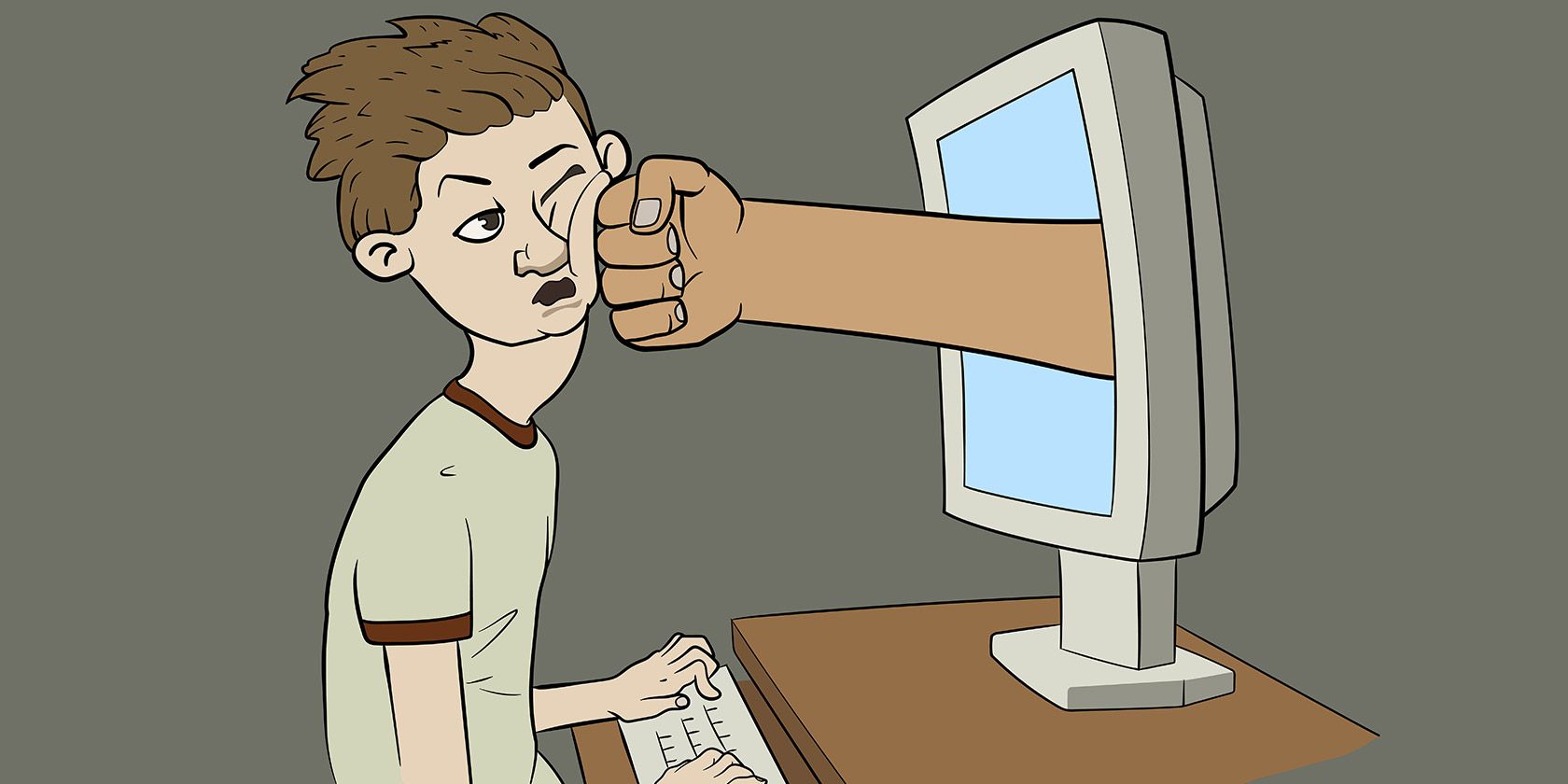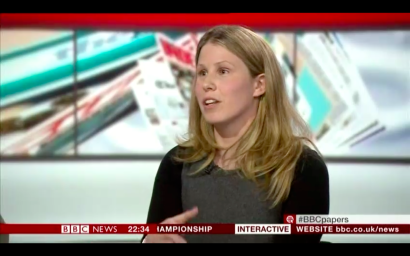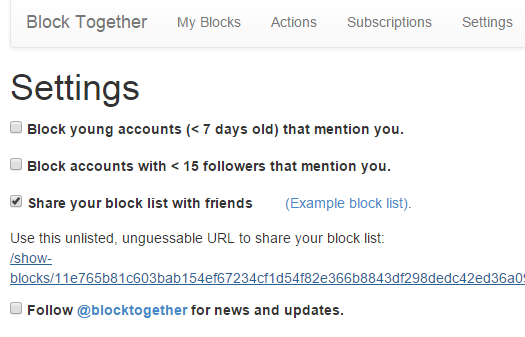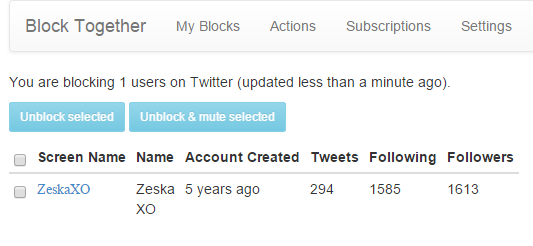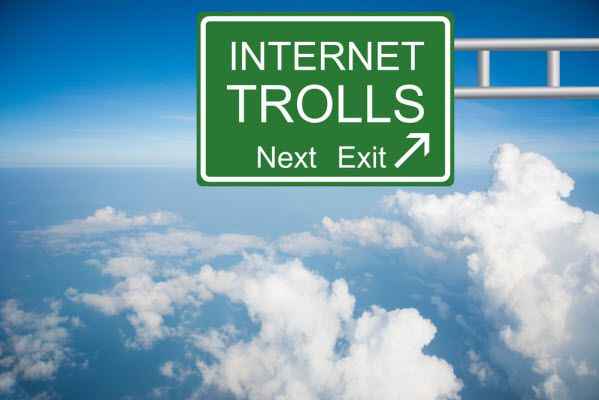Amanda Hess was threatened with rape and decapitation, after a clearly disturbed individual tweeted her saying they were in the same US state and he was "coming to get her". Even though she called 911, she was not concerned. After all, she said, "none of this makes me exceptional. It just makes me a woman with an Internet connection".
But Zelda Williams didn't feel that way after her famous actor father Robin Williams committed suicide. At least two users sent her gruesome Photoshopped pictures of her father's dead body. This led her to announce she was leaving Twitter, although it seems she was soon back.
Another example is Caroline Criado-Perez, who campaigned - and won - to have the English novelist Jane Austen included on British banknotes. A worthy cause, you may say to yourself. But she says that she then started to receive around 50 abusive tweets an hour, including ones of rape.
When it comes to dealing with harassment, death threats and rape threats, Twitter definitely does not have a stellar record. Victims have found that reporting spam is easy, but reporting a death threat is not. Twitter's CEO Dick Costello has consistently ignored any demands for Twitter to do more. The company's attitude to people who post death threats and rape threats: telling victims to report each incident using the "report" feature on each tweet.
But when you are dealing with over 50+ threats every hour?
That is why Jacob Hoffman-Andrews of the Electronic Frontier Foundation stepped in to do something that Twitter should have done a long time ago. Something that users have been consistently demanding – the ability to block any Twitter users who are pestering, harassing, or threatening you. It's a crowdsourced solution called Block Together. Although its intentions are good, the potential for it to go horribly wrong are extremely high.
So should you trust it?
How Does It Work?
We have previously talked about what crowdsourcing is. The quick definition is when a large group of people (the crowd) collaborate on something by sharing information. In this context, Block Together works by every participant sharing their lists of Twitter users who are abusing the system.
Block Together is inspired by another Twitter blocking tool: The Block Bot. You start by going to the main Block Together webpage, and signing in with your Twitter credentials. When you do, you will see a few settings.
You should tick "share your block list with friends" because that is kind of the main point of the exercise. If you don't, then you can still use the tool to block any pests that are bothering you, but how will others know of these pests, if you don't tell them? You are given a URL to share with your followers, so they can view who you have blocked. They can subscribe to your list as well.
There are reasons why you may want to keep your list secret. You may not want to tip someone off that they are on the list, for example, because that would only make them set up another account to harass you from.
Yay! The End Of Twitter Trolls!
There's no doubt that Block Together is helping a lot of people. We should be fair and credit the tool with that much. The site has its fair share of fans.
Sounds Good. So What's The Problem?
When you block someone (for whatever reason), they will appear on your block list. If anyone is subscribed to your block list, then whoever you have just blocked is automatically blocked on the subscribers' Twitter accounts too. There is no "Mark has blocked Wiley Coyote. Would you like to do the same?". It just goes ahead and blocks that person from the Twitter account of every person who subscribes to your block list.
This leads to a question:
Who Gets To Decide Who Deserves To Be Blocked Or Not?
One man's enemy is another man's friend. You may decide that someone deserves to be blocked but your subscribers may not feel the same way. And the person being blocked may be justifiably aggrieved that their tweets are being blocked for reasons unknown. This could quickly lead to a "mob mentality", where people are blocked for the silliest of reasons, and for minor infringements. And get this – the aforementioned Caroline Criado-Perez is the victim of just such unfair blocking. Irony, or what?
If you block someone through Block Together, and then subsequently decide to unblock them, that account will also be unblocked on your subscribers Twitter accounts too. So give some thought when considering unblocking – it isn't just your Twitter account that you are potentially affecting.
The Terrorism Connection
But the most shocking part of all of this is the fact that ISIS terrorists are using Block Together to block anyone they don't agree with. This will then automatically block those legitimate users on anyone who subscribes to the ISIS block lists.
A Twitter user who was directly targeted by ISIS this way wrote an open letter to Twitter protesting, wrongly attributing the creation of Block Together to Twitter (BlockTogether is independent of Twitter).
The ISIS connection is a rather unfortunate one for Hoffman-Andrews and the EFF. As I said before, their intentions in building Block Together were good, but this has turned into a monster that is slightly out of control. They are now facing demands by Twitter users to start blocking the ISIS Twitter accounts – something that Twitter security should be doing themselves.
So What's The Solution?
Hoffman-Andrews has already put one new feature in place, which is designed to stop people from opening a Twitter account and then immediately start blocking people. It's a flimsy measure, but better than not having it, as I'm sure you'll agree.
You can also study the source code on Github, and suggest improvements and tweaks. You may think of something which is plainly obvious, but not to the rest of us. Get your thinking caps on.
But one of the major changes that needs to be done is to find some way to remove the ISIS terrorism connection. This is a slur on the reputation of Block Together, Hoffman-Andrews, and the good work of the EFF. Obviously they never anticipated that this would be a consequence of the tool, but now that it is, they need to find some way of cutting the ISIS cord.
At the end of the day, it's Twitter that needs to step up to the plate, and start acting like it gives a damn about its users. Dick Costello can't stick his head in the sand and pretend that these problems don't exist. He can't go "la! la! la!" to drown out the complaints. They need to be more proactive in speedily shutting down the accounts of anyone who abuses Twitter. They need to be better at communicating with victims, instead of shutting them out. And they need to provide tools for users to help protect themselves, until Twitter deals with the issue.
So why not do it Dick? Does an ISIS terrorist have more rights than an ordinary innocent law-abiding Twitter user?
Image Credits: punch from monitor Via Shutterstock, Internet Troll Road Sign - Shutterstock, Thomas Koch / Shutterstock

